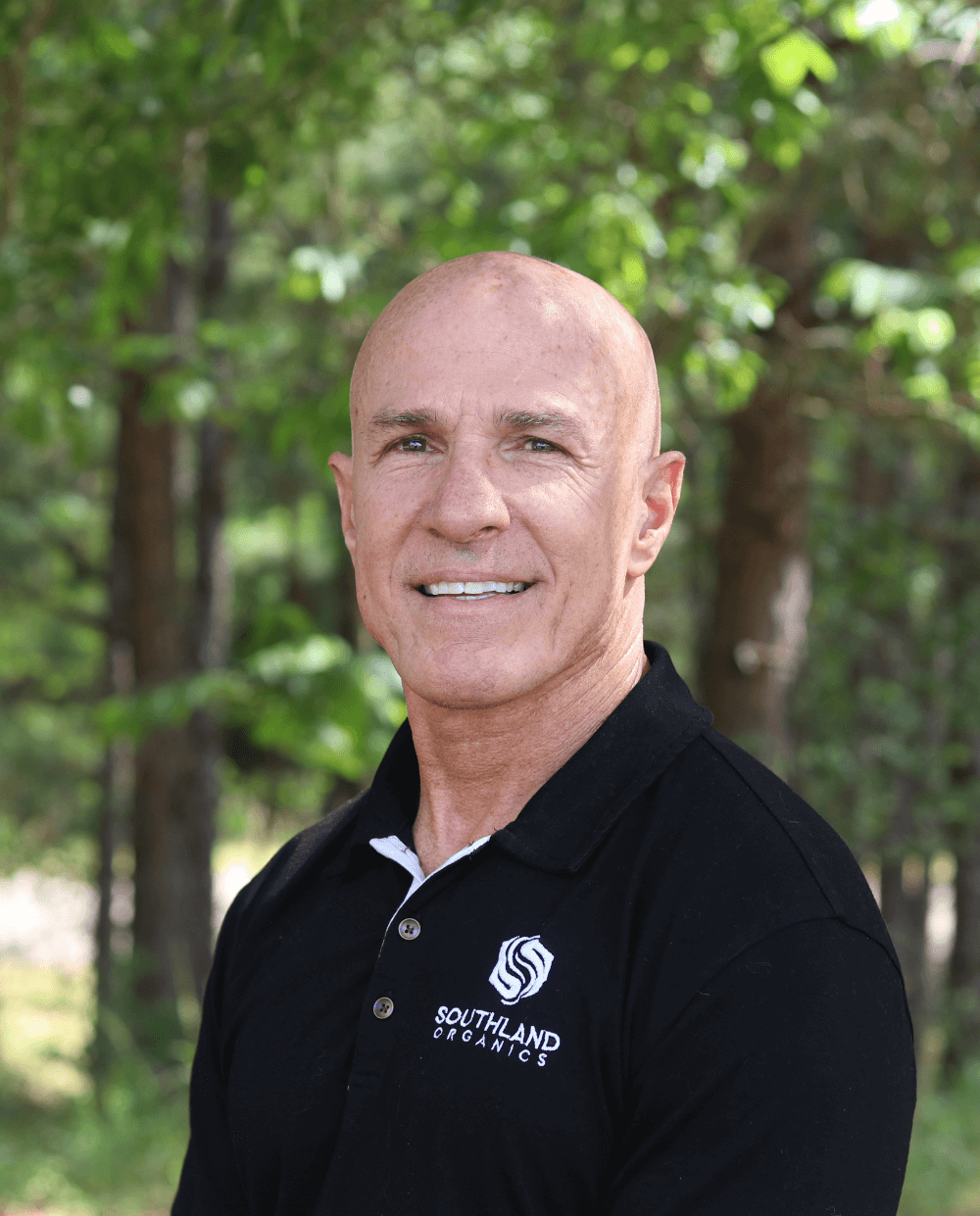One could argue that one of the biggest impacts of the antibiotic-free environment in poultry has been on mortality. When antibiotics were being used in the past, mortality rates were typically around 2–3%. In the antibiotic-free environment, it's common to see a mortality rate of anywhere from 8–12%.
Farmers have increased their density and have accepted that higher mortality. But the question remains: what do you do with all those dead birds? Poultry farmers have a few options.
1. Burial (not allowed)
We're mentioning burial here because it was widely used in the past and many farmers are familiar with it. But currently, it is outlawed in most cases.
Aside from a few farms that have been grandfathered in, burial is really not much of an option these days. Burial is an easy and cheap option, but comes with undesirable consequences that have led it to not be an option for most farmers.
2. Rendering/Freezing
Rendering is basically freezing mortality. This is pretty big in Alabama and some other areas. With rendering, you take your mortality, put it in a freezer and a service will come pick them up and they take them to the rendering facility.
Being able to use rendering for mortality requires you to have a rendering facility in your area. Now, if you've got a a processing plant in the area, it's likely there is also a rendering facility.
While convenient, rendering does have associated costs. You have to buy a freezer, pay for the power and, of course, pay for the service of picking up the birds and the rendering itself. Obviously in the summer, you're going to have to pay a little more to keep that freezer running. But, it's mostly dependent upon the service that will come out and pick up the frozen birds and take them on.
3. Incinerating
Incinerators have grown in popularity recently. You may wonder if incinerators raise environmental concern, but they are actually more eco-friendly than you may think. Incinerators basically burn the birds without making much smoke, and then you do have some byproducts you've got to deal with.
Now, what's the cost on that? Well, the incinerator is one expense. And depending on what size houses you have, you may need multiple incinerators or larger incinerators, so the price can vary widely depending on the farm. And an incinerator will require a gas bill, whether it's propane or natural gas.
4. Composting
Composting Drum
Composting drums have also gained popularity in the last few years. With a composting drum, you just feed in the mortality and it has a slow turning mechanism. The drum slowly turns and by the time it gets to the end, you've got a composted, broken down bird. Drums still create a byproduct that has to be dealt with.
With a composting drum, you have to pay for not just the drum, but a concrete slab, a roof for over the drum and then the electricity to run it.
Compost Shed
The most common method for dealing with mortality is the compost shed. This includes stackhouses and standalone compost sheds. Check out our video on stackhouses for more details on how they work.
The NRCS will help subsidize some of the costs associated with building a stackhouse. You can qualify for grants, but they have to mandate how it's done. But even if you don't get any help, a compost shed can be a lot cheaper than some of the other options we've mentioned. The tradeoff is that it's a little more labor intensive; you are going to have to turn it and pile it. But overall, stackhouses are a little more economical.
New Option: Dehydration
There's also another option that's on the horizon but not widely used yet: dehydration.
Basically, these machines dehydrate the bird and grind it. You still have a byproduct and you still have to buy the machine, which is pretty pricey. But it's an interesting method and we're excited to see where this goes as an option for mortality.
Contact Us
We hope this helps you consider your different options for dealing with mortality. If you have any questions or ideas for future videos, reach out to me at allen@southlandorganics.com. To stay up to date on our content made just for poultry growers, subscribe to our Poultry Biosecurity YouTube channel.






